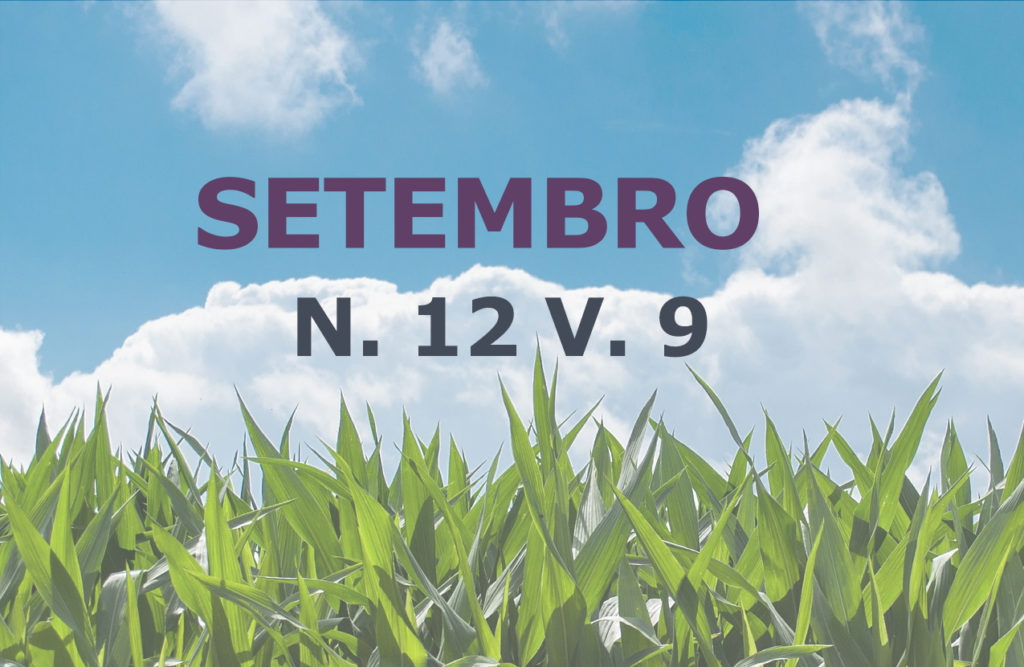The great impact of Clostridium perfringens in poultry
DOI:
https://doi.org/10.31533/pubvet.v12n9a180.1-9Keywords:
Enterotoxemic, necrotic enteritis, proliferationAbstract
Clostridium perfringens type A is a Gram-positive anaerobic bacterium that inhabits the intestinal native biota of the intestine of birds. The objective of this review is to analyze different factors that predispose their pathogenicity and bacterial growth, leading to necrotic enteritis, a enterotoxemic disease characterized by hemorrhagic necrosis of the intestinal mucosa, affecting mainly broilers between 4 to 8 weeks of age or older, especially in poultry farms intensified, being a problem for morbidity and mortality hurting performance, weight, food, and due to its presence along the production of broilers, conversion it can be transmitted to humans through the consumption of contaminated poultry products. Its importance in the poultry field has led us to investigate alternatives to prevent and control the disease produced by Clostridium perfringens in poultry, and also reduce the proliferation and economic losses.
Downloads
Published
Issue
Section
License
Copyright (c) 2018 Daniela Buitrago Mejia, Lina Maria Peñuela-S, Rosa Angélica Sanmiguel

This work is licensed under a Creative Commons Attribution 4.0 International License.
Você tem o direito de:
Compartilhar — copiar e redistribuir o material em qualquer suporte ou formato
Adaptar — remixar, transformar, e criar a partir do material para qualquer fim, mesmo que comercial.
O licenciante não pode revogar estes direitos desde que você respeite os termos da licença. De acordo com os termos seguintes:
Atribuição
— Você deve dar o crédito apropriado, prover um link para a licença e indicar se mudanças foram feitas. Você deve fazê-lo em qualquer circunstância razoável, mas de nenhuma maneira que sugira que o licenciante apoia você ou o seu uso. Sem restrições adicionais
— Você não pode aplicar termos jurídicos ou medidas de caráter tecnológico que restrinjam legalmente outros de fazerem algo que a licença permita.





